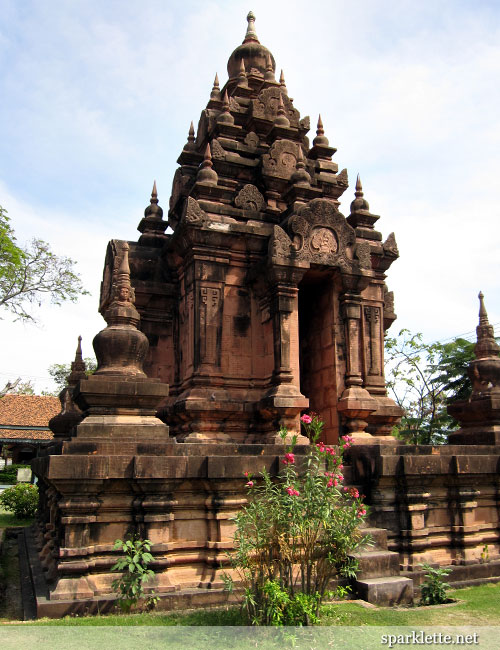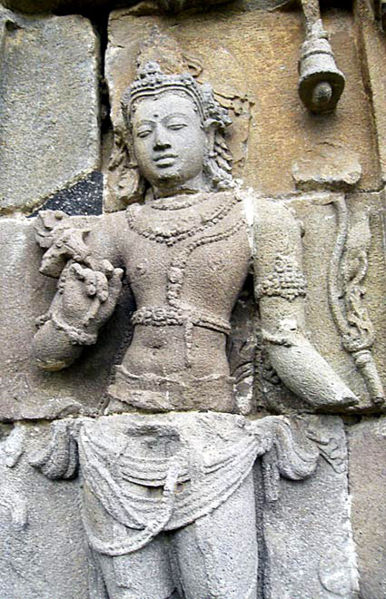Before the mighty Majapahit, there was Srivijaya 

Srivijaya (also written Sri Vijaya, Indonesian: Sriwijaya, Thai: ศรีวิชัย or Ṣ̄rī wichạy , RTGS: Siwichai) was a powerful ancient thalassocratic Malay empire based on the island of Sumatra, modern day Indonesia, which influenced much of Southeast Asia.
The earliest solid proof of its existence dates from the 7th century; a Chinese monk, I-Tsing, wrote that he visited Srivijaya in 671 for 6 months.
The first inscription in which the name Srivijaya appears also dates from the 7th century, namely the Kedukan Bukit Inscription around Palembang in Sumatra, dated 16 June 682.
Srivijaya was an important center for Buddhist expansion in the 8th to 12th centuries. In Sanskrit, sri (श्री) means "fortunate," "prosperous," or "happy" and vijaya (विजय) means "victorious" or "excellence".









 I-Ching
I-Ching